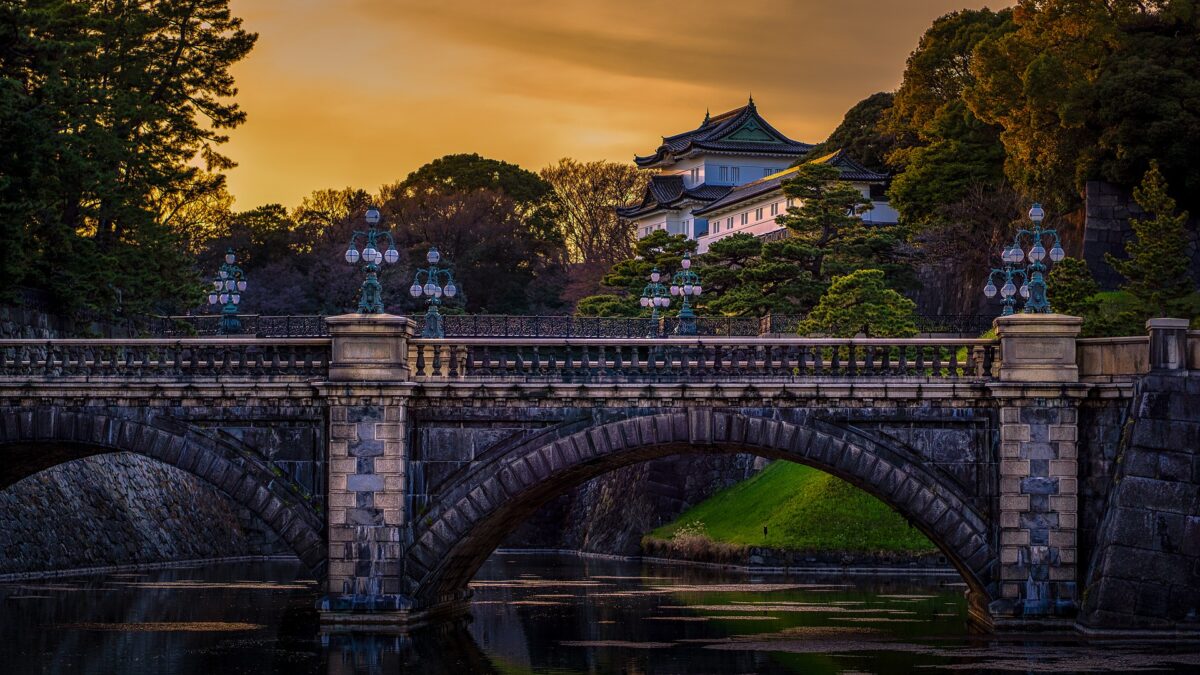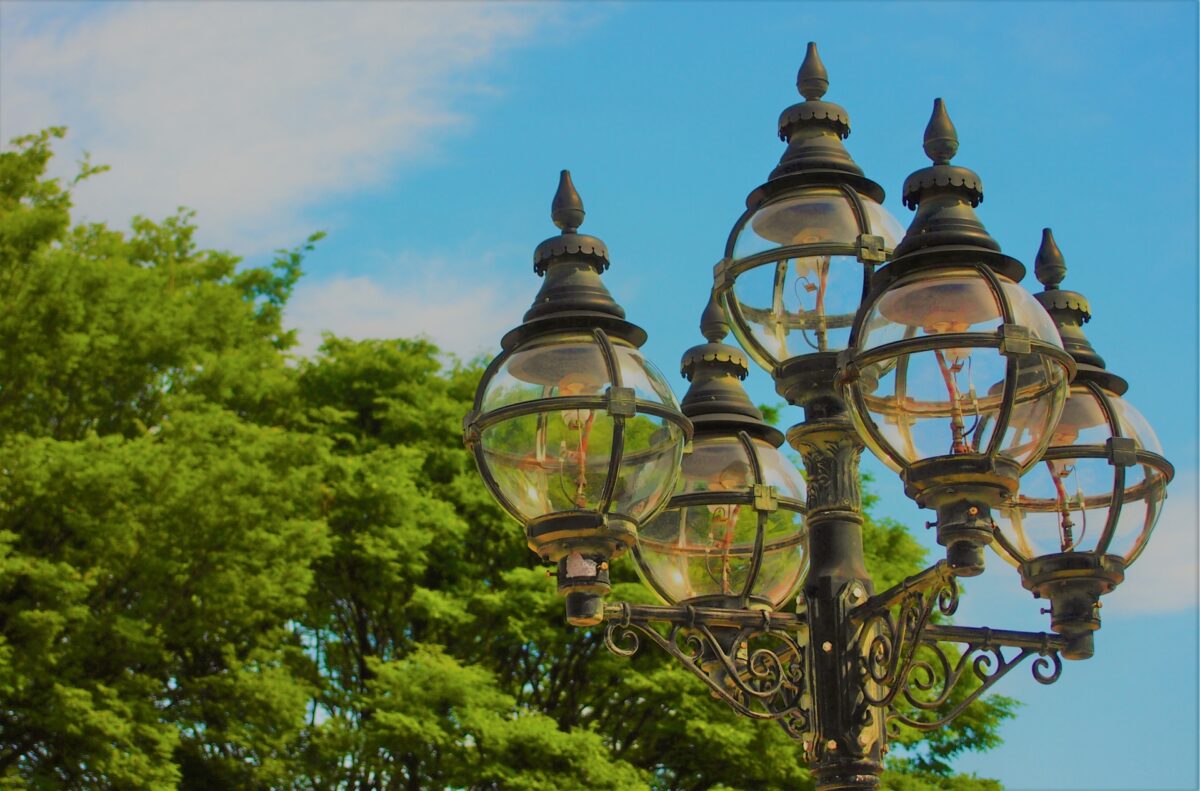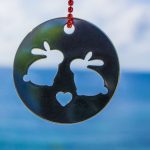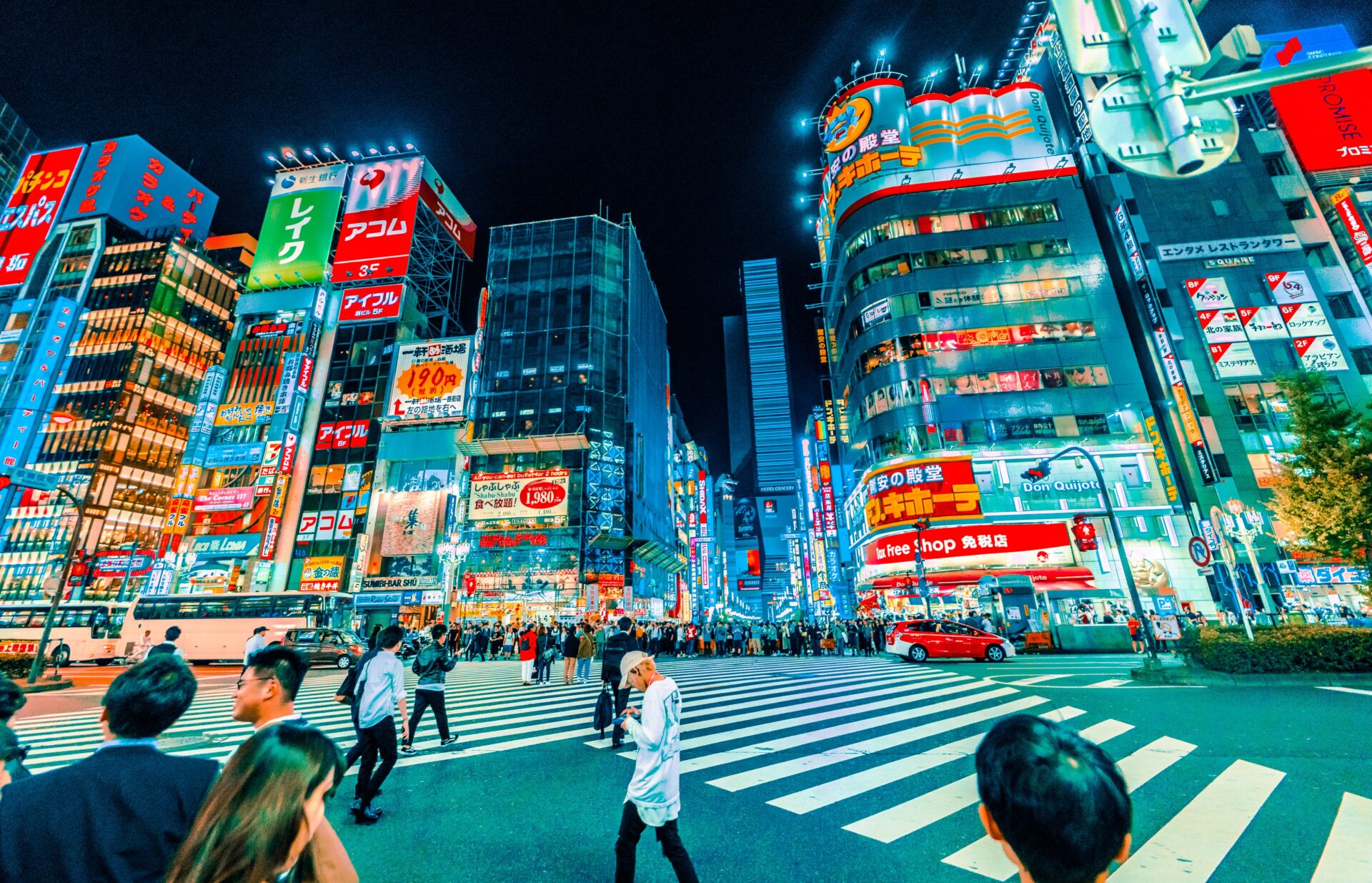Tokyo is quite literally at the very center of everything in Japan. It boasts a nationwide transport network, countless great shops and restaurants, world-famous tourist attractions, refreshing natural spots, and much more. Last year, it attracted a great amount of international attention as the official host of the 2020 Olympic Games which cast a spotlight on Japan’s largest metropolis.
However, Tokyo wasn’t always the modern high-tech cosmopolitan that we know it as today. Up until about 160 years ago, Tokyo was mostly home to Samurai, and the support class required to keep Japan’s rigid social hierarchy system in place. So then, how did it become so large and urbanized in such a short period of time?
Let’s learn a brief history of Japan’s biggest city to see if we can’t find out more.
1. Edo Period (1603 -1868)

The Edo period started in 1603 when the Edo Shogunate was established by Tokugawa Ieyasu. The Edo Shogunate was the feudal military government that successfully ruled the entire country for over 260 years until it eventually collapsed in 1868. Tokugawa Ieyasu is known as the first Shogun of the Shogunate and was originally from the Okazaki area in Aichi prefecture. He put an end to the chaotic period full of civil wars after he defeated Ishida Mitsunai at the battle of Sekigahara in 1600.
After the establishment of the Tokugawa Shogunate, the capital of Japan was officially moved from Kyoto to Edo. Edo is the previous name of Tokyo and believe it or not, it was once a small fishing village. Edo Castle was also built and played its role as the headquarters of the new political system throughout the rest of the Edo period. During this time, Tokyo flourished as both the political and business center of the country as it experienced a massive increase in its population.
The Edo period brought significant changes to ordinary people’s lives. “Gokaido” (五街道) is one good example and refers to five major routes connecting Edo with the other provincial regions. It provided a nationwide transport network as well as expansive traveling routes for travelers!
Great tourist attractions to experience the Edo Period
One of the most famous museums in Tokyo with an informative exhibition that allows visitors to learn about the history, culture, traditions, and life of people during the transition from Edo to Tokyo.
*Edo Tokyo Museum is temporarily closed until 2025 for the renovation
The oldest temple in Tokyo with a history of over 1,300 years. It is an iconic tourist attraction in the Asakusa area along with Nakamise Shopping Street.
2. Meiji & Taisho Period (1868-1926)

After the collapse of the Edo Shogunate in 1868, Japan entered the Meiji Period, which is often described as the “turning point in Japanese history”. Japan started international trades with western countries, which in turn allowed them to import western goods, technology, and cultural mannerisms that were strictly prohibited during the Edo period.
As the new government strongly promoted industrialization and westernization throughout the country, Tokyo experienced massive urbanization as well. It included the construction of the national railway network, western-style buildings, and modern factories such as Tomioka Silk Mill in Tochigi prefecture which is on the list of UNESCO World Heritage Sites.
The former site of Edo Castle was transformed into the official residence of the imperial family who was moved from Kyoto at the end of the Edo period. It now attracts visitors from around the world as the “Tokyo Imperial Palace”, a peaceful natural spot loved as an oasis in the heart of Tokyo!
In 1923, a giant earthquake known as “The Kanto Great Earthquake” hit Tokyo and the surrounding area which resulted in disastrous damage and it is estimated that there were over 100,000 victims. It was recorded as the most destructive earthquake in Japanese history until the Great East Japan Earthquake occurred in 2011.
Great tourist attractions to experience the Meiji & Taisho Period
Tokyo’s busiest and main railway station provides an expansive transport network as well as great entertainment and shopping.
A sacred Shinto shrine that attracts visitors from all over the world regardless of religion or nationality.
3. Showa Period (1926-1989)

The Showa Period can be divided into two sub-periods: before World War II, and post-war. The former period is characterized by the concept of aggressive nationalism which played a key role in mentally uniting the whole country to support Japan’s military expansion.
After the historic loss of World War II, Tokyo saw a significant spike in its population. This was partly due to the first baby boom which brought a great increase in the birth rate in Japan from the late 1940s to the 1950s. The population of Tokyo eventually reached 8 million and was the largest population in the world at one point.
From the 1960s through the 1970s, Japan also enjoyed rapid economic growth widely known as the “Japanese Economic Miracle”, which enabled Japan to achieve a successful and fast financial recovery after World War II. This is how Tokyo has become one of the biggest cities in the world in terms of both population and economy.
Tokyo Tower was completed in 1958 and is beloved as an iconic landmark of the city along with the new symbol Tokyo Skytree. In addition, Japan’s high-speed bullet train known as the Shinkansen (新幹線) started its operation in 1964, which now offers a nationwide railway network. You can visit some of Tokyo’s downtown areas such as Asakusa, Yanesen, and Shibamata which still have a nostalgic atmosphere and beautiful townscape lingering from back in the Showa period!
Great tourist attractions to experience the Showa Period
A symbolic landmark that was originally used as a primary broadcasting tower. It has great shopping as well as a stunning panoramic view from the observation deck.
This lovely and peaceful Tokyo neighborhood is home to historic spots as well as friendly shops selling local specialties
4. Heisei & Reiwa Period (1989- present day)

For the past 30 years, Tokyo had grown into one of the largest and most influential cities in the world. It now welcomes visitors from all corners of the earth and has a wide range of exciting experiences and incredible tourist attractions. Popular modern sightseeing spots include Tokyo Skytree, Akihabara District, Mitaka Ghibli Museum, Shibuya Scramble Square, and more. In addition, it offers relaxing natural attractions such as Mt. Takao!
Great tourist attractions to experience the Heisei & Reiwa Period
A must-visit mecca for anime and manga lovers. Explore the vibrant area full of electronics stores and anime & manga shops where you can dive into Otaku culture.
・Takeshita Street
The most popular shopping street in Harajuku is home to a variety of fashionable shops and funky food trends such as the giant fluffy cotton candy at TOTTI Candy Factory!
The center of pop culture and trend, Shibuya offers fashion, music, food on trend.
Even today, Tokyo is still developing and growing at an amazing rate. It never stops offering new exciting experiences that you can only find here in Tokyo. If you take a moment to slow down though, there are great places and tourist attractions where we can learn the history help you get to know the metropolitan city on a deeper level.

Don’t forget to check out our private tours!
Planning a trip to a foreign country alone is never easy! If you need some help to organize your trip to Japan and want to see Japan like a local, you should definitely check out our private tours complete with an English guide! We’re glad to help you make your trip to Japan a safe, comfortable, and unforgettable memory!
- Tokyo Private Tour [Customized, 7 Hours]
- Yanaka Shitamachi Backstreet Spot Tour
- 3 hours Harajuku & Omotesando teenager shopping for KIDS
Follow us on Instagram, Facebook, and Twitter for more travel inspiration. Or tag us to get featured!
Happy traveling!
Other articles you might be interested in

Miho Shimizu is a Japanese freelance writer settled in Shizuoka with her husband and two rabbits. Fascinated with traveling at the age of 18, she has spent most of her long holidays exploring incredible spots around Japan. Also love to listen to music, draw, and read novels over a cup of green tea.
This post may contain some affiliate links. When you click through and make a purchase we may receive some commission, at no extra cost to you.





